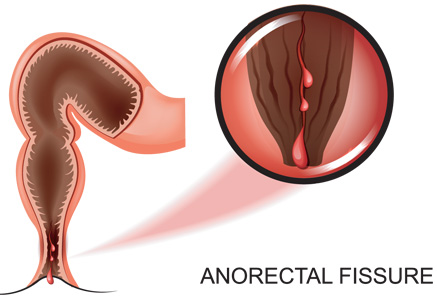What are the signs and symptoms of rectal prolapse?
The symptoms of rectal prolapse include:
- feeling of bulge in the anus
- rectal bleeding
- mucus discharge
- incomplete evacuation
- fecal incontinence (35-80%)
- constipation (50%)
The signs of rectal prolapse include:
- prolapse
- perineal dissent
- patulous anus
- solitary rectal ulcer
